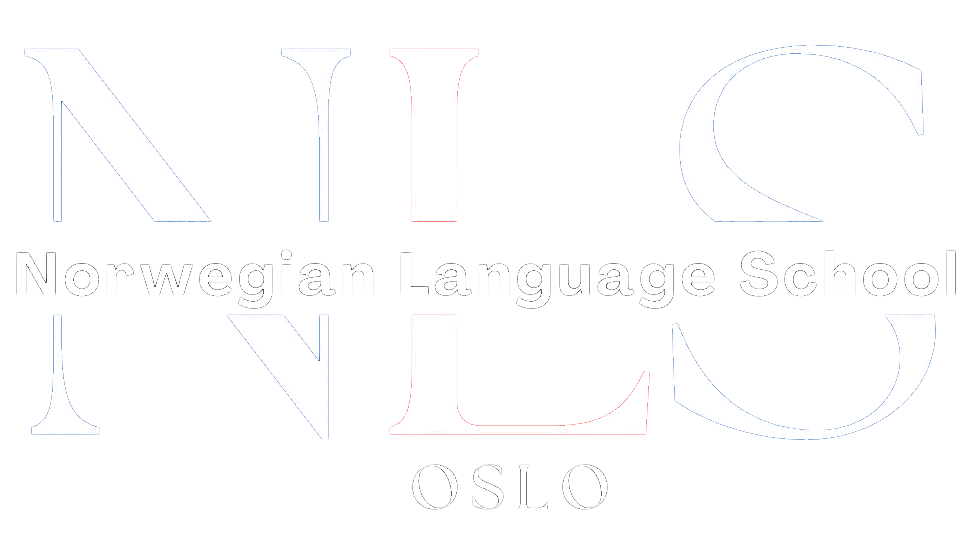

Exploring Norway: How to Say ‘Here’ in Norwegian
For beginners learning Norwegian, it is essential to start with some basic vocabulary. Here are some common words and phrases that will help you get started:
– Hello: Hei
– Goodbye: Ha det
– Thank you: Takk
– Yes: Ja
– No: Nei
– Please: Vær så snill
– Excuse me: Unnskyld meg
– I don’t understand: Jeg forstår ikke
– How are you?: Hvordan har du det?
– My name is…: Jeg heter…
These are just a few examples of basic vocabulary that will come in handy in everyday situations. As you progress in your learning journey, you can expand your vocabulary to include more specific words and phrases.
Table of Contents
ToggleUnderstanding Norwegian Pronunciation
Norwegian pronunciation can be challenging for English speakers due to the different sounds and phonetic rules. However, with practice and dedication, it is possible to improve your pronunciation skills. Here are some key points to keep in mind:
– Norwegian has a relatively large vowel inventory, with 9 vowels. It is important to learn the correct pronunciation of each vowel sound.
– Pay attention to the stress patterns in Norwegian words. Stress is usually placed on the first syllable of a word, but there are exceptions.
– Norwegian has some unique consonant sounds that may not exist in English. For example, the “kj” sound in words like “kjøpe” (to buy) and the “skj” sound in words like “skjønnhet” (beauty).
– Practice listening to native speakers and imitating their pronunciation. This will help you develop a more natural accent.
The Importance of Knowing ‘Here’ in Norwegian
In Norwegian, the word ‘here’ is of great importance as it is used in various contexts and situations. Understanding how to use ‘here’ correctly will greatly enhance your ability to communicate effectively in Norwegian.
The word ‘here’ in Norwegian is ‘her‘. It can be used to indicate location, possession, and existence. For example, if you want to say “I am here”, you would say “Jeg er her”. Similarly, if you want to say “Is he here?”, you would say “Er han her?”.
In addition to indicating location, ‘her’ can also be used to express possession. For example, if you want to say “This is my book”, you would say “Dette er boken min”. Here, ‘min’ means ‘my’, and it agrees with the gender and number of the noun it modifies.
Furthermore, ‘her’ can be used to indicate existence or presence. For example, if you want to say “There is a cat here”, you would say “Det er en katt her”. In this sentence, ‘her’ indicates that the cat exists or is present in the location mentioned.
Common Norwegian Phrases for Everyday Use
To further enhance your ability to communicate in Norwegian, here are some common phrases that you can use in everyday situations:
– Greeting:
– Good morning: God morgen
– Good afternoon: God ettermiddag
– Good evening: God kveld
– How are you?: Hvordan har du det?
– I’m fine, thank you: Jeg har det bra, takk
– Introducing oneself:
– My name is…: Jeg heter…
– Nice to meet you: Hyggelig å møte deg
– Where are you from?: Hvor er du fra?
– I am from…: Jeg er fra…
– Asking for directions:
– Excuse me, where is the nearest bank?: Unnskyld meg, hvor er den nærmeste banken?
– Can you show me on the map?: Kan du vise meg på kartet?
– Is it far from here?: Er det langt herfra?
– Ordering food:
– I would like a coffee, please: Jeg vil gjerne ha en kaffe, takk
– What do you recommend?: Hva anbefaler du?
– Can I have the bill, please?: Kan jeg få regningen, takk?
– Shopping:
– How much does it cost?: Hvor mye koster det?
– Do you have this in a different size?: Har du dette i en annen størrelse?
– Can I try it on?: Kan jeg prøve det?
These phrases will help you navigate through various situations and interact with locals in Norway.
How to Say ‘Here’ in Norwegian: Pronunciation and Spelling
To pronounce ‘here’ in Norwegian correctly, follow these guidelines:
– The word ‘here’ in Norwegian is ‘her’.
– The ‘h’ is pronounced as a voiceless glottal fricative, similar to the ‘h’ in English ‘hat’.
– The ‘e’ in is pronounced as a short vowel sound, similar to the ‘e’ in English ‘bed’. However, in the word ‘her’ it gets a change like it often does when ‘e’ is between two consonants, and is pronounced like ‘a’ in ‘cat’.
– The ‘r’ is pronounced as a trilled or tapped ‘r’ sound, similar to the ‘r’ in Spanish ‘perro’.
Using ‘Here’ in Different Contexts in Norwegian
As mentioned earlier, the word ‘here’ in Norwegian can be used in various contexts. Here are some examples of how to use ‘here’ in different situations:
– Location:
– I am here: Jeg er her
– Is he here?: Er han her?
– The store is right here: Butikken er rett her
– Possession:
– This is my house: Dette er huset mitt
– Is this your car?: Er dette bilen din?
– Her book is on the table: Boken hennes er på bordet
– Existence/Presence:
– There is a park here: Det er en park her
– Are there any restaurants here?: Er det noen restauranter her?
– Here are the keys: Her er nøklene
These examples demonstrate how ‘here’ can be used to convey different meanings and serve different purposes in Norwegian.
Common Mistakes to Avoid When Using ‘Here’ in Norwegian
When using ‘here’ in Norwegian, learners often make some common mistakes. Here are a few examples and tips for avoiding them:
– Forgetting to use the correct form of ‘her’ depending on gender and number:
– Instead of saying “Dette er boken min” (This is my book), learners might say “Dette er bok min”. Remember to use the correct form of ‘her’ based on the gender and number of the noun it modifies.
– Mispronouncing ‘her’:
– Learners might pronounce ‘her’ as ‘hair’ or ‘heer’. Pay attention to the correct pronunciation, as mentioned earlier, to avoid this mistake.
– Using ‘her’ instead of ‘hit’:
– ‘Hit’ is used to indicate movement towards a location, while ‘her’ indicates location or presence. For example, instead of saying “Jeg går her” (I am walking here), learners might say “Jeg går hit”. Be mindful of the correct usage of ‘her’ and ‘hit’.
By being aware of these common mistakes and practicing regularly, you can improve your proficiency in using ‘here’ correctly in Norwegian.
Mastering ‘Here’ in Norwegian for Better Communication
In conclusion, mastering the word ‘here’ in Norwegian is essential for effective communication. Understanding how to use ‘her’ correctly in different contexts will greatly enhance your ability to express yourself and understand others in Norwegian. By following the tips and suggestions provided in this article, you can improve your Norwegian language skills and open up new opportunities for personal and professional growth. So, keep practicing, stay motivated, and enjoy the journey of learning Norwegian!
If you’re learning Norwegian and want to know how to say “here,” check out this helpful article from NLS Norwegian. It provides a comprehensive guide on how to express the concept of “here” in Norwegian. Whether you’re a beginner or more advanced learner, this article will give you the vocabulary and phrases you need to confidently talk about location in Norwegian. Don’t miss out on this valuable resource! Click here to read the article now.

Norwegian A1-A2
Course Overview The Norwegian A1-A2 course is an online program focused on teaching essential Norwegian grammar and vocabulary. It includes a variety of materials and topics, with opportunities to interact with a Norwegian teacher entirely online. Curriculum Highlights The course covers key areas such as grammar and vocabulary and topics such as family, daily life, education, work, traditions, and leisure activities. Who Should Enroll? This course is perfect for beginners or those at the A1 or A2 levels who want to improve their Norwegian skills. What You Get Access to the full Norwegian A1-A2 course. A monthly 1-hour online conversation with a teacher. Many written and oral assignments. Comprehensive information on Norwegian grammar, Norwegian vocabulary and how to use them, important sentence structures, etc. Tips on additional resources to further enhance your Norwegian learning.
0 students enrolled
Last updated Dec 10th, 2024
If you want to learn Norwegian, you can register for classes here. We look forward to hearing from you and helping you become fluent in Norwegian.





